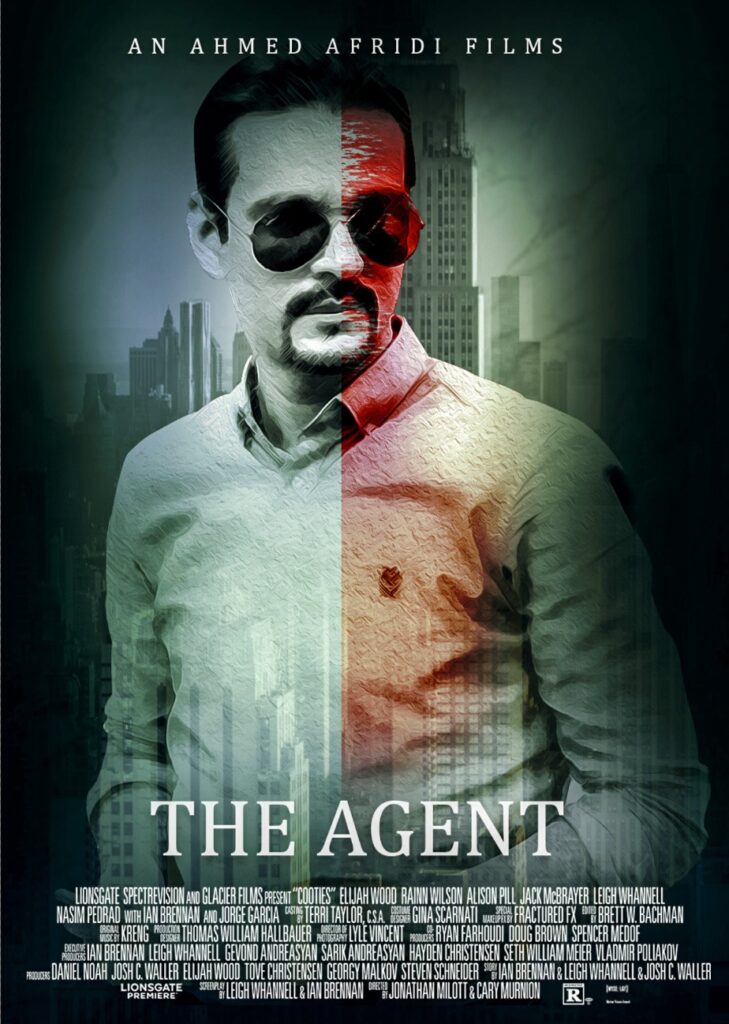In the vast realm of storytelling techniques, the initial impact reigns supreme. A compelling opening acts as the gateway to a captivating narrative, seizing the audience’s attention and pulling them into a world of enchantment. Whether it’s a jaw-dropping revelation or a mind-bending question, the key is to make your audience crave more right from the start.
Painting Cinematic Scenes with the Stroke of Words
The true art of storytelling lies in the ability of words to weave vivid tapestries in the minds of your audience. Elevate your storytelling techniques prowess by infusing it with rich imagery, transporting your readers or listeners to realms of unparalleled fascination. Utilize a palette of descriptive language and sensory details to breathe life into your narratives, leaving an indelible mark.
Characters: The Soul of Your Tale

At the core of every memorable story are characters that pulsate with life. Dedicate your time to sculpting characters with intricacies, idiosyncrasies, and qualities that resonate. Readers or listeners yearn for figures to champion, empathize with, or vehemently despise, ensuring an emotional investment that weaves them into the fabric of your narrative.
Crafting Authentic Dialogue: Voices in Harmony
Dialogue, the essence of authenticity in storytelling techniques, serves as the vessel through which characters reveal themselves and interact. Immerse yourself in the subtleties of natural speech patterns, utilizing dialogue as a medium to unveil character traits, propel the plot forward, and inject vitality into your narrative.
The Art of Anticipation: Suspense and Foreshadowing
Keeping the audience on the edge of their seats is an art mastered through the introduction of suspense and foreshadowing. Foster an air of anticipation, gradually unraveling twists and turns that leave them eagerly flipping pages or listening with bated breath.
The Emotional Alchemy: Power of Connection
Emotions forge the bridge between storytellers and their audience. Whether joy, sorrow, fear, or excitement, tapping into the emotional well creates a lasting impact. Share experiences that resonate on a personal level, establishing a connection that transcends the superficial layers of the narrative.
Rhythmic Pacing: The Symphony of Storytelling Techniques
Pacing dictates the cadence of your story, shaping the overall narrative experience. Experiment with pacing to build tension during climactic peaks and offer moments of respite in contemplative interludes. The ebb and flow of pacing can elevate the storytelling experience to new heights.
Unveiling the Unpredictable: Twists and Turns
Life’s unpredictability mirrors the essence of riveting stories. Inject unexpected plot twists that challenge characters and enthrall your audience. A well-executed twist can transform your narrative from foreseeable to unforgettable, ensuring your audience remains captivated until the final curtain call.
Humor’s Universal Language: A Narrative Spice
Humor, a universal language, possesses the power to dismantle barriers and forge connections. Even amidst intense drama, a well-timed jest or a humorous observation injects a breath of fresh air, rendering your storytelling more engaging. Balance is the key, ensuring humor aligns seamlessly with the overall tone.
The Final Bow: Crafting a Lasting Conclusion
The conclusion is your final bow, leaving an indelible imprint on your audience. It should draw curtains on the narrative while planting seeds of contemplation. Craft a conclusion that resonates with your audience, lingering in their thoughts long after the final chapter.
Adapting Across Mediums: A Storyteller’s Versatility
Storytelling metamorphoses across written, visual, and oral landscapes. Comprehend the subtleties of each medium, tailoring your storytelling techniques accordingly. What captivates in a novel may not echo in a video or podcast, underscoring the importance of a versatile approach.
Interactive Narratives: Engaging the Digital Audience
In the digital age, interactive storytelling techniques emerges as a rising star. Explore avenues to actively involve your audience, allowing them to shape the narrative’s trajectory. Whether a choose-your-own-adventure tale or interactive elements in a presentation, participation breathes life into the storytelling techniques experience.
Navigating Storytelling Quagmires: A Tale of Pitfalls

Even the most adept storytellers traverse treacherous terrain. Stay vigilant against common pitfalls such as clichés, underdeveloped characters, or erratic pacing. Recognizing and addressing these challenges ensures a seamless and spellbinding narrative.
The Finale: A Symphony of Transformative Storytelling
Integrating these dynamic storytelling techniques into your narratives is a game-changer. From crafting a magnetic introduction to sidestepping common pitfalls, each technique contributes to a transformative storytelling techniques odyssey. Immerse yourself in these strategies, tailor them to your unique style, and witness the profound impact they can wield on your storytelling escapades.
7 Storytelling Techniques Used by the Most Inspiring TED Presenters Read More.
FAQs: Cultivating Your Storytelling Craft
Can anyone become a great storyteller?
Absolutely! While a natural flair is advantageous, storytelling is a skill honed through practice and dedication.
Choosing Techniques for Your Tale: How do I decide?
Consider your story’s tone, genre, and purpose. Experiment with techniques aligning with your narrative goals.
Is humor always welcome in storytelling?
Context is key. Humor can enhance engagement but should be judiciously applied, respecting the overall tone.
Pacing’s Role in Storytelling: Why does it matter?
Pacing orchestrates your narrative’s rhythm, shaping the reading or listening experience. It keeps the audience enthralled and invested.
Applying Storytelling to Business Communication: Can it work?
Absolutely! Effective storytelling enhances communication, making it memorable and impactful.

